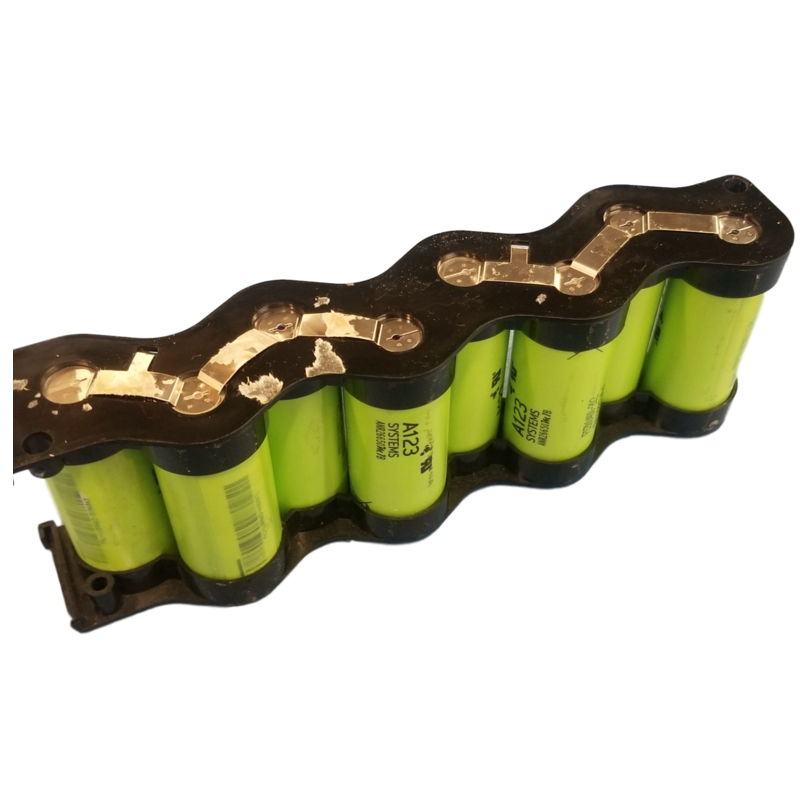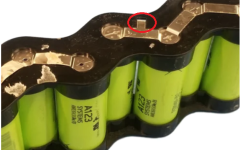sharinginfos
100 W
- Joined
- Sep 1, 2022
- Messages
- 172
Hi
english second language here
i intend to build my first battery using 4 modules of BH below for a 16s lifepo4. short distance but up hill
i would like to have peace of mind and that battery keep balanced. once assembled, i would like to have it set and done for the rest of its life if that is realistic, you know probable more than me on that.
I dont know very well how to do that but there seems to be only 2 options for a simple setup. if other affortable options informe me. I would be gratefull.
use a 16s lifepo4bms with balancing proprieties or use a 16s lifepo4 balance charger.
wich one is best, why? is it recommended and possible to integrated the 2 together at the same time or just one of the 2 will do the job?
Could you recommend a affortable 16s lifepo4 that does balance charging(not the satiator, to expensive)?

 batteryhookup.com
Thank you
batteryhookup.com
Thank you
english second language here
i intend to build my first battery using 4 modules of BH below for a 16s lifepo4. short distance but up hill
i would like to have peace of mind and that battery keep balanced. once assembled, i would like to have it set and done for the rest of its life if that is realistic, you know probable more than me on that.
I dont know very well how to do that but there seems to be only 2 options for a simple setup. if other affortable options informe me. I would be gratefull.
use a 16s lifepo4bms with balancing proprieties or use a 16s lifepo4 balance charger.
wich one is best, why? is it recommended and possible to integrated the 2 together at the same time or just one of the 2 will do the job?
Could you recommend a affortable 16s lifepo4 that does balance charging(not the satiator, to expensive)?

12V MODULE WITH 8X A123 26650 LIFEPO4
Here are 12v Lifepo4 modules with 8 cells in 4s2p format. Every battery is checked and all cells will have good voltage. These packs are awesome because they line up nicely next to each other. Datasheet is in the 3rd photo. The cells are A123 power cells in 4s2p configuration.



